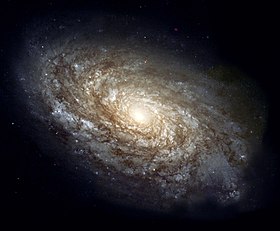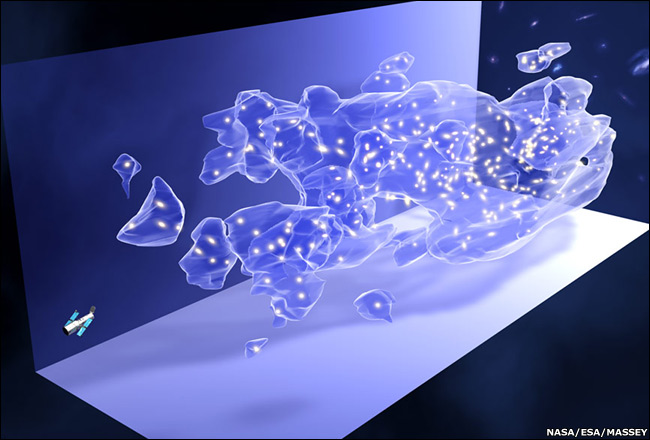No, sir; but I am going to assume that Behemoth is proof that evolution is wrong:
Job 40:15-16 said:
15 Behold now behemoth, which I made with thee; he eateth grass as an ox.
16 Lo now, his strength is in his loins, and his force is in the navel of his belly.
Hah, I know you too well. 'Course, this could be used as proof that Job 40:15-16 is allegorical, or that the Behemoth was in fact a placental mammal, or that "navel of his belly" refers to the middle where the navel
would be had he had one.
I think Jazmyn was referring more to spinners (just a guess). And indeed the dudes rolling down the freeways of SoCal on their 20" rims with spinners are probably doing it in the offchance that someone is filming them and they don't want the potential viewers later on to be confused by the apparent backward spin of their tires.
It of course requires a significant amount of technology since it requires the rims to be able to ascertain that indeed the photons bouncing off of them are being captured by a film camera and then to attempt to adjust to the frame rate of the recording device.
But the entire "SoCal Low Rider" subculture is one of the most technologically savvy groups here in Cali. They have spent a significant amount of time improving their gas mileage by the simple act of occasionally defying gravity:
YouTube - Impala 64 Lowrider Hopping
This is what we scientists refer to as a "low low" or more appropriately a "Low[sup]2[/sup]"
That's... wow. I had no idea those things existed. Clever invention, if utterly pointless

.
I got some questions:
I got the CRC Hand book of chemistry and physics that is publish between 1979-1980 and I wondering to know that most of it is reliable.
Pretty much all of it's reliable, though we've discovered a few more elements on the periodic table.
Do you have any good reliable websites that is like the book that I was talking about?
I know the flak I'll get for citing it, but I'm a massive fan of Wikipedia. Also, if you want the cutting edge, PubMed is really good.
However, without a doubt,
the Britney Spears website is the best source of physics info.
What do you enjoy about physics?
Learning how things work, why they do what they do, and not what they don't. It was a real thrill when I finally sussed out how diodes work. Better than crack

.
Is that why it's called a Newton?
It's called a Newton because Isaac Newton was the guy to put together the idea of a 'force'. I think it's just a coincidence that an apple is about 1N
when a really big star explodes and its centre implodes, is it because the force of the explosion on the outside pushes back the inside, making it implode, or is it something else?
When a star reaches the end of its life, it can't fuse elements as well as it used to, so gravity begins to overcome the internal pressure. This causes it to collapse.
However, as it collapses, the internal temperature and pressure rockets, which makes the star suddenly able to fuse even the heavy elements (normally, if can only fuse the lightest elements, H, He, Li, etc), which massively increases its energy output. It's
this energy that causes the outer layers to suddenly blow away, and it's also the energy that we see here on Earth.
But once that's happened, the inner core is no longer under enough pressure to undergo fusion, so it starts to collapse again under gravity. This is when the remaining, exposed, inner core can turn into a black hole (or something else).
ok, our galaxy is swirling around something in the middle - what is it? 0_0
A supermassive black hole. Basically, a black hole that's... big.
1. ...if it's a black hole, why can't we see the bright radiation?
Black holes aren't that bright - that's why they're
black holes

. What radiation they
do emit is paltry at best. That said, entire stars are sucked into the middle of the galaxy because of the black hole, which is why the middle of a galaxy looks so bright:
2. Apparently the sun is hottest on the outside, hotter than the middle, why?
It's actually hotter in the middle. The surface is about 10,000 K, but the middle is
millions of Kelvin. Maybe you're thinking of the Earth, with it's gooey centre?
3. Asteroids also sometimes orbit other asteroids, even two of equal size orbit each other around a central point, what causes them to do this?
It'd be a quirk of gravity. Two large masses moving through space, minding their own business, and they happen to come near each other. Gravity makes them double back, and they've been orbiting each other ever since.
4. Why is the expansion of the universe accelerating?
We honestly don't know. There are all sorts of exotic theories, but I'm hedging my bets till we're more certain.
5. Is there truly such a thing as nothing?
No, because we exist, and we count as somethingness.



 .
.


